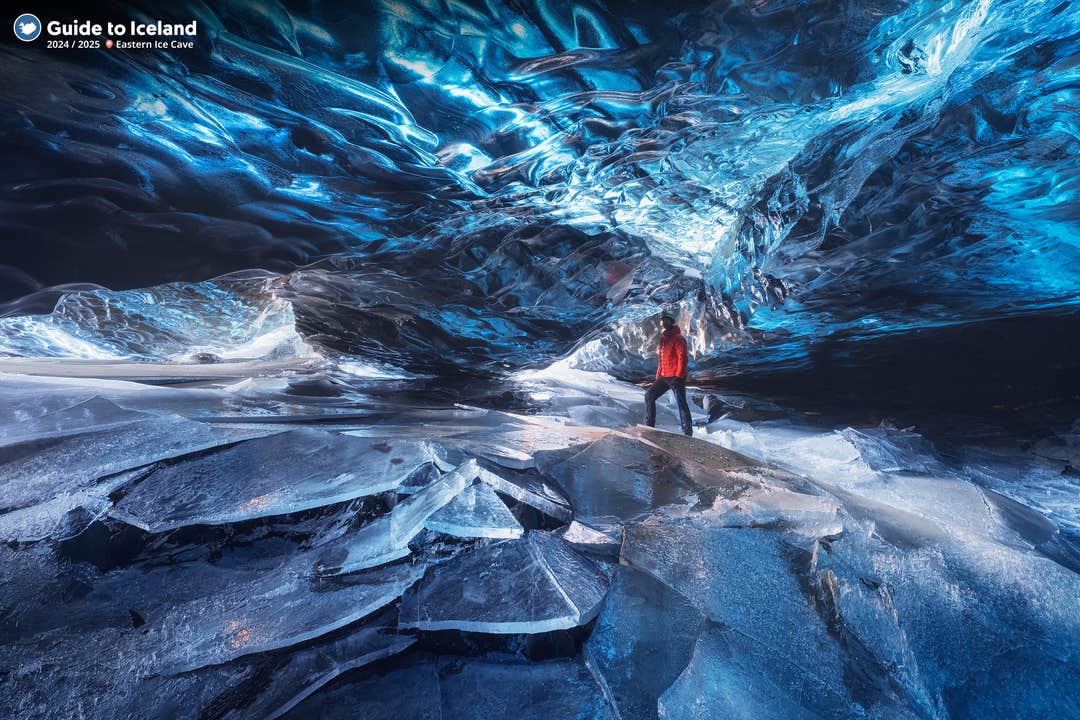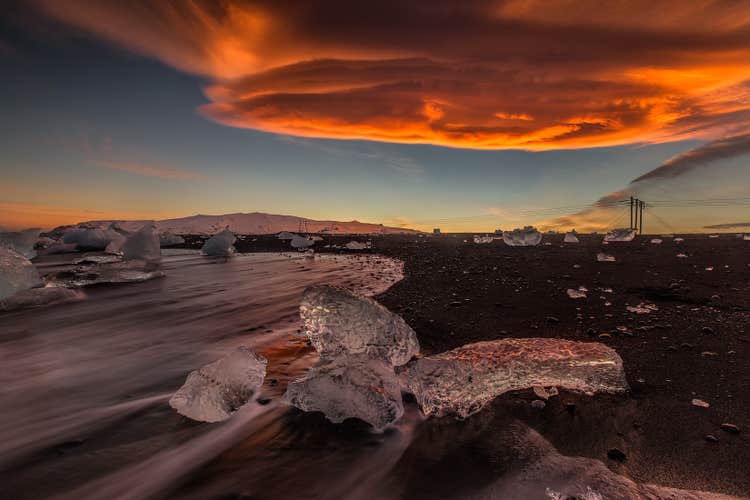Description
Summary
Description
Hop on a plane for a scenic flight over the South Coast of Iceland and then explore a natural ice cave. This tour is for everyone who wants to see something truly rare: the world inside a glacier.
Every year, stunning ice caves are formed by running water from Europe's largest glacier, Vatnajökull. Each cave collapses during summertime and gets filled with water, and each winter new ones form. Therefore, every single cave is unique, and you won't have the same experience twice when you go to see a natural glacier cave.
This winter season, two beautiful ice caves have been discovered in the Vatnajokull National Park: the Western Ice Cave and the Eastern Ice Cave. On this amazing adventure, you will get to visit the best ice cave accessible on the day, taking into account the weather conditions and visibility to ensure the ultimate ice-caving experience.
Vatnajökull is situated in the south-east of Iceland, about a 6-hour drive one-way from Reykjavík. To drive there and back, you would thus need at least 2 days. Flying, however, gives you a chance to visit the ice caves, the nearby glacier lagoon Jökulsárlón, and Diamond Beach all at once, without a rush.
The flight departs from Reykjavík airport at 8:55 AM, and in just 50 minutes, you will have reached Höfn in East Iceland. Your return flight to Reykjavík is at 6:55 PM.
Jökulsárlón glacier lagoon is right by the glacier and connected to the sea. In it, you will see majestic icebergs afloat, and you may even spot some seals relaxing on the ice. Where the lagoon meets the sea, there's a Diamond Beach, named for the glistening ice scattered along it.
The flight itself will be in a small plane and will provide spectacular aerial views of the Icelandic coastline. On a clear day, you'll get a great view of Vatnajökull glacier itself, giving you an idea of its immense size.
The ice caves should not be missed if you are here during winter, and if you're pressed for time, this is the perfect tour for you. As soon as you reserve it, we will contact you to send you your flight tickets and provide you with all the necessary information.
Come aboard for the experience of a lifetime. Check availability by choosing a date.













